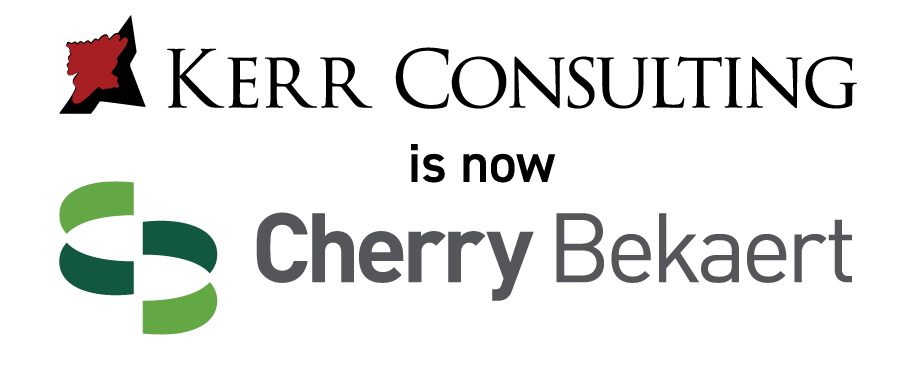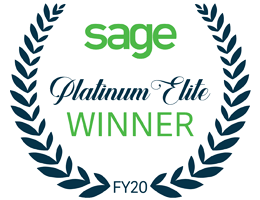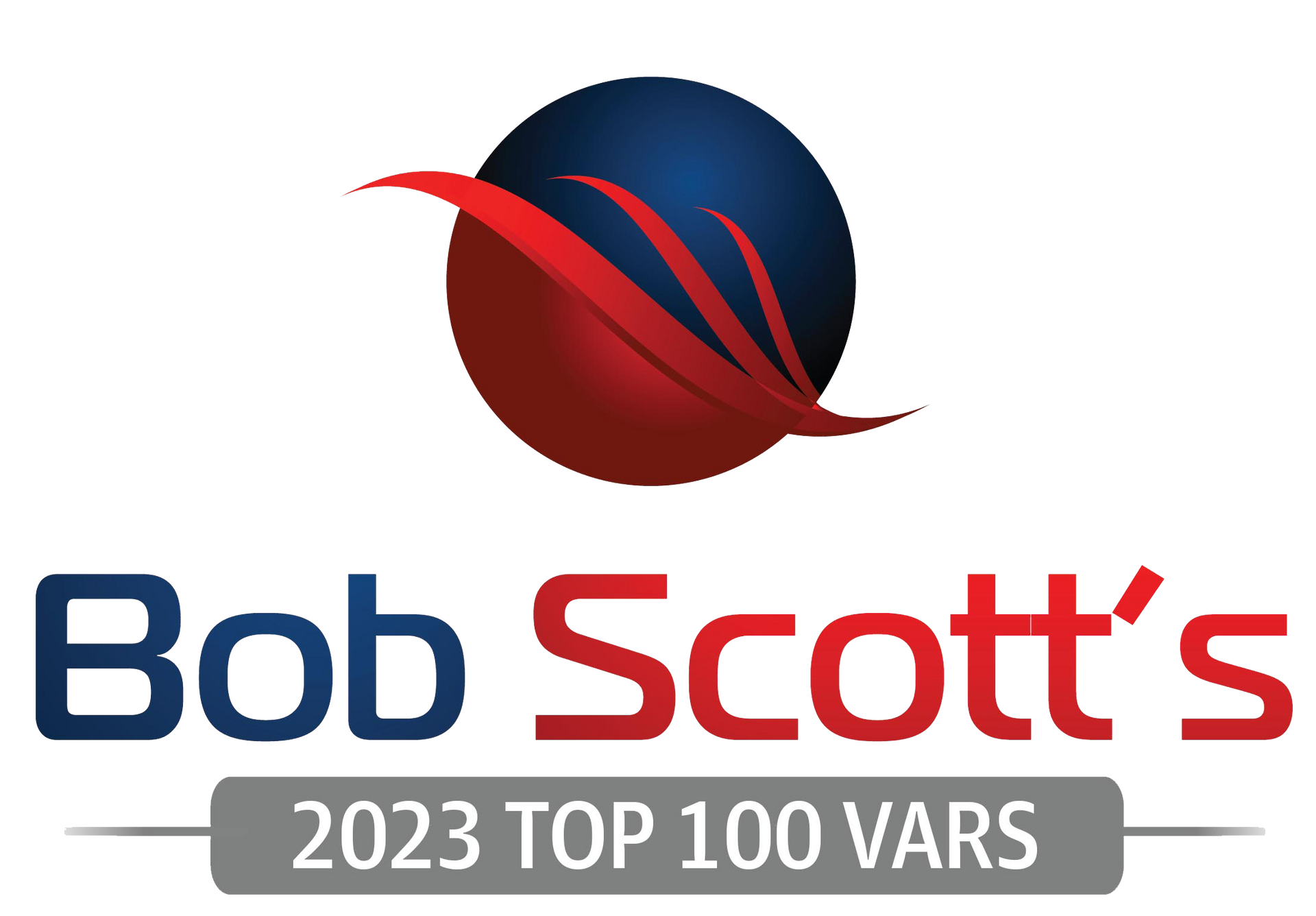Understanding Sage X3 Pricing: A Comprehensive Guide

Welcome to our comprehensive guide on understanding Sage pricing. In this article, we will delve deep into the various aspects of Sage pricing, shedding light on the key factors that influence costs, licensing options, and important considerations for businesses looking to implement Sage X3. Whether you are a small business or a large enterprise, this guide will provide you with the necessary insights to make informed decisions regarding Sage pricing.
Introduction to Sage Pricing
When considering Sage X3 as your enterprise resource planning (ERP) solution, understanding the intricacies of Sage pricing becomes crucial. Making informed decisions about your ERP investment requires a clear understanding of the factors that influence Sage pricing, ranging from licensing and implementation costs to ongoing support expenses. In this article, we will delve into the cloud migration challenges faced by businesses and explore effective strategies to overcome them."
Factors Affecting Sage X3 Pricing
Several key factors influence the pricing structure of Sage X3. These include the size and complexity of your organization, the number of users who will access the system, the desired modules and functionalities, any customization requirements, and the level of ongoing support needed. Understanding how these factors impact pricing is crucial in accurately evaluating the cost of implementing and maintaining Sage X3."
Licensing Options and Pricing Models
Sage X3 offers various licensing options to cater to different business needs. These options typically include perpetual licenses, subscription-based models, or hybrid licensing models. Additionally, Sage X3 employs different pricing models such as user-based, module-based, or tiered pricing. It's important to explore each licensing option and pricing model to determine the most suitable approach for your organization."
Implementation and Customization Costs
Implementing Sage X3 involves various costs beyond licensing. These include software setup, data migration, configuration, and integration with existing systems. Additionally, customization may be required to align Sage X3 with your specific business processes and requirements. Understanding the potential implementation and customization costs is vital to accurately budgeting your Sage X3 project."
Ongoing Support and Maintenance
Once Sage X3 is up and running, ongoing support and maintenance become essential. Sage offers different support options, such as vendor-provided support, third-party support, or self-support. Each option carries associated costs, and it's important to evaluate which support approach aligns best with your organization's needs and budget."
Key Factors Influencing Sage X3 Pricing
When it comes to understanding Sage X3 pricing, several factors come into play. It's important to grasp these factors to gain a clear understanding of how costs are determined. Here are some of the key elements that can influence Sage X3 pricing:
1. Deployment Options
Sage X3 offers flexible deployment options to cater to the diverse needs of businesses. You have the choice between on-premises deployment and cloud-based deployment. On-premises deployment involves hosting the software on your own servers, while cloud-based deployment allows you to access Sage X3 through the cloud. The deployment option you choose can impact the overall pricing structure.
2. User Licensing
Sage X3 pricing is typically based on the number of users who require access to the system. The user licensing model ensures that businesses only pay for the number of users who actively utilize the software. Depending on your organization's size and requirements, the number of user licenses needed will vary, thus affecting the pricing.
3. Modules and Functionality
Sage X3 offers a wide range of modules and functionalities designed to meet specific business needs. These modules cover various areas such as finance, manufacturing, distribution, and more. The number and complexity of modules you require will influence the overall pricing, as each module may have separate costs associated with it.
4. Customizations and Integrations
Customizations and integrations play a crucial role in tailoring Sage X3 to match your organization's unique requirements. The level of customization and integration needed can impact the pricing. Extensive customizations or integrations with other systems may incur additional costs.
5. Support and Maintenance
Sage X3 pricing often includes support and maintenance services provided by the vendor. These services ensure that your software remains up-to-date, secure, and functioning optimally. The level of support and maintenance required can vary based on your organization's preferences, which can influence the overall pricing.
Sage X3 Pricing Models
To cater to the diverse needs of businesses, Sage X3 offers different pricing models. Let's explore the two main options:
1. Perpetual Licensing
Under the perpetual licensing model, businesses purchase the software license outright. They pay an upfront cost to acquire the license, which grants them perpetual usage rights. In addition to the initial license cost, there are typically annual support and maintenance fees to ensure ongoing software updates and technical assistance. Perpetual licensing offers long-term ownership of the software but requires a significant upfront investment. Unfortunately, Sage doesn't sell perpetual licensing anymore.
2. Subscription-Based Licensing
Subscription-based licensing, also known as Software-as-a-Service (SaaS), provides businesses with a more flexible and cost-effective approach. Instead of purchasing the software outright, businesses pay a recurring subscription fee to access Sage X3. This model often includes support and maintenance services, making it a popular choice for organizations seeking lower upfront costs and scalability.
Considerations for Sage X3 Pricing
As you evaluate Sage X3 pricing options, here are some important considerations to keep in mind:
1. Total Cost of Ownership
When comparing pricing options, it's crucial to consider the total cost of ownership (TCO). The TCO encompasses not only the initial licensing or subscription costs but also factors in implementation, training, customization, support, and maintenance expenses over the software's lifespan. Analyzing the TCO provides a more accurate picture of the overall investment required.
2. Scalability and Future Growth
Consider your organization's growth plans and scalability requirements when assessing Sage X3 pricing. It's essential to choose a pricing model that can accommodate your business's expansion without incurring excessive costs. Subscription-based licensing often offers more flexibility in this regard, allowing you to scale up or down as needed.
3. Return on Investment (ROI)
Evaluate the potential return on investment (ROI) associated with Sage X3. While pricing is a crucial aspect, it's equally important to assess the value and benefits the software can bring to your organization. Factors such as increased productivity, improved efficiency, and streamlined processes should be weighed against the pricing to determine the ROI.
Conclusion
In conclusion, understanding Sage X3 pricing is paramount for businesses considering this powerful ERP solution. By comprehending the factors influencing pricing, exploring licensing options and pricing models, accounting for implementation and customization costs, and factoring in ongoing support and maintenance expenses, you can make well-informed decisions about your Sage X3 investment. Remember to evaluate your organization's unique requirements, consider long-term costs, and seek clarity from Sage X3 vendors or consultants to ensure a transparent and comprehensive understanding of the pricing structure.
If you're ready to take advantage of the comprehensive capabilities offered by Sage X3, reach out to our team today. We are here to guide you through the pricing options and help you embark on a successful Sage X3 implementation journey.








